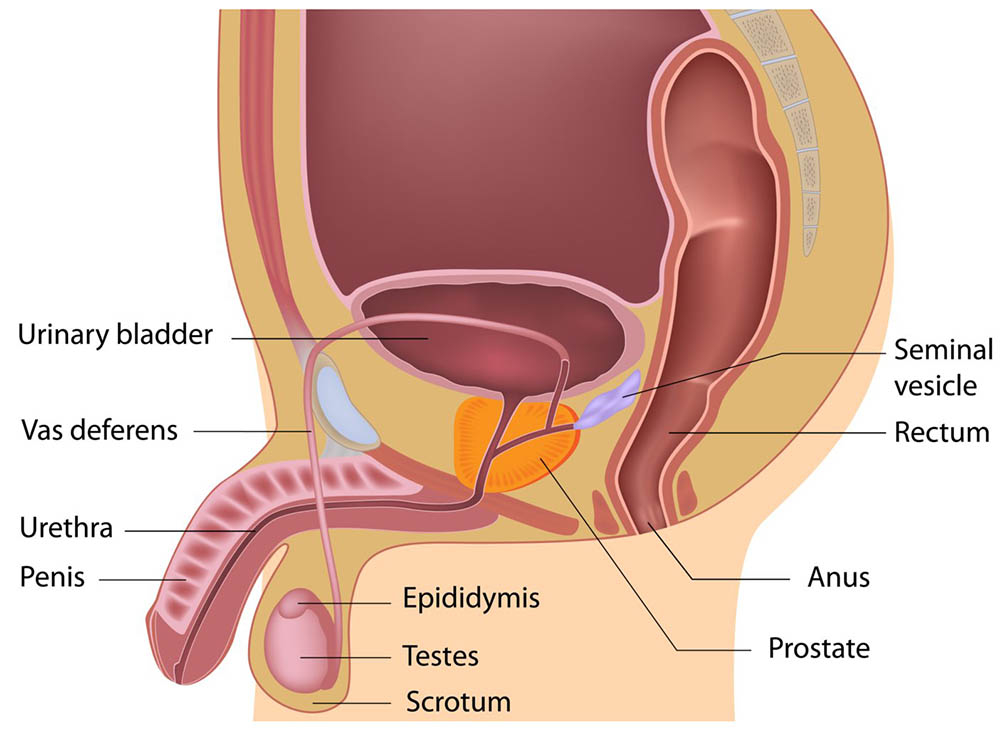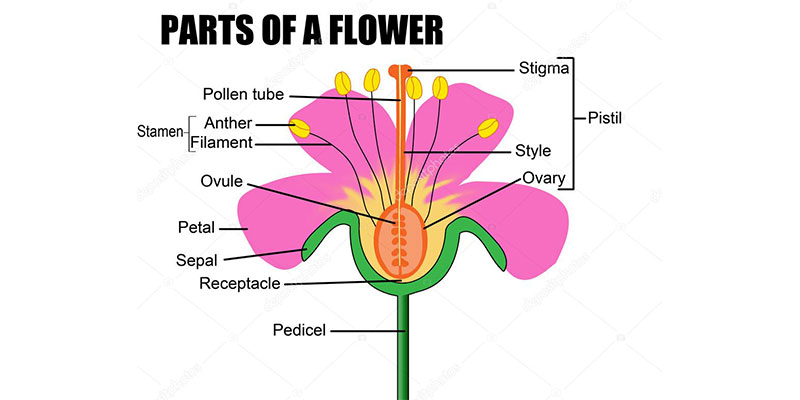CBSE Class 10 Science Chapter 8 Revision Notes
Chapter 8: How do Organisms Reproduce Revision Notes
Reproduction is the process by which all creatures expand their population by multiplying in number.
ASEXUAL REPRODUCTION
- Asexual reproduction is a type of reproduction in which only one organism reproduces.
- On its own, a single creature may replicate two or more organisms.
- All unicellular species, several multicellular organisms, and a few plants have this trait.
Fission
- Fission is a type of asexual reproduction seen in most unicellular organisms.
- Binary fission occurs when the fission produces two daughter cells (e.g. paramecium).
- Multiple fission occurs when fission produces a large number of daughter cells (e.g. Plasmodium).
- Distinct organisms may have different fission planes.
Budding
- Budding is an asexual reproduction method in which a tiny cyst-like formation forms on the parent’s body, resulting in the birth of a new person.
- Buds can stay tied to their parents (yeast) or they can detach and become their own person (hydra).
Fragmentation and regeneration
- Regeneration is the process through which the organism regrows a lost organ or bodily component (e.g. lizard).
- Fragmentation is the process of breaking down an organism into smaller parts, each of which develops into a new organism. Planaria, Hydra, etc.
Formation of spores
- Fungi, for example, produce spores that can be disseminated from their fruiting body and develop into new individuals.
Vegetative propagation
- In plants, this is a sort of asexual reproduction.
- The plant’s vegetative parts, such as leaves, stems, and roots, produce new plants.
- Artificial or natural vegetative propagation is possible.
- Leaves (e.g. bryophyllum), stems (e.g. turmeric, ginger), runners/stolons (e.g. grass runners, strawberry), bulbs (e.g. onion, lily), and so on are all examples of natural vegetative propagation.
- Cutting, grafting, layering, and plant tissue culture are examples of artificial procedures.
SEXUAL REPRODUCTION
Cell Division Types
In eukaryotic organisms, there are two forms of cell division:
1) Mitosis
- It is a kind of cell division.
- It occurs in somatic cells.
- Maintains the number of chromosomes.
- Two diploid daughter cells are produced.
- Asexual reproduction, development, and growth, as well as cell replacement and regeneration, are all dependent on it.
**2) Meiosis **
- It occurs in sex cells.
- The number of chromosomes is cut in half.
- Four haploid daughter cells are produced.
- Gamete creation is required for sexual reproduction.
Male reproductive system
- A pair of testes is a male’s primary reproductive organ.
- They generate sperm, which are male sex cells, as well as testosterone, a male sex hormone.
- Organs of male reproduction
- A pair of testes is a male’s primary reproductive organ.
- Outside the body, they are found in scrotal sacs and include seminiferous tubules as the structural and functional unit.
- Seminiferous tubules create male sex cells, sperms, which develop in the epididymis.
- The hormone testosterone is secreted by Leydig cells, which are found between the seminiferous tubules.
- Male reproductive organs (accessory reproductive organs)
- Several reproductive organs that help in the process of reproduction.
- The seminal vesicles and the prostate gland are reproductive glands that produce semen and nurture sperm.
- The copulatory organ is the penis with the urethra going through it.
Male Ducts
- The vas deferens and the urethra are the major ducts in men.
- The vas deferens transports sperm from each testis to the urethra in a single tube.
- The urethra serves as a conduit for both sperm and urine.
Female reproductive system
- A pair of ovaries, a pair of fallopian tubes/oviducts, and accessory organs like the uterus and vagina make up the female reproductive system.
- The female reproductive organ is the most important organ.
- A female’s major reproductive organ is a pair of ovaries.
- They make female sex cells known as eggs or ova, as well as female sex hormones known as oestrogen and progesterone.
Female accessory reproductive organ
- In females, the uterus and vagina are accessory reproductive organs.
- The uterus is where the foetus develops, whereas the vaginal canal gets sperm from the male.
MENSTRUAL CYCLE
Menstruation
- When fertilisation does not occur, menstruation is the cyclic process of the ovum being released from the ovary and being removed from the body.
- The blood-rich endometrium of the uterus also breaks down during menstruation when the ovum is expelled from the body.
- LH and FSH, two pituitary hormones, and oestrogen and progesterone, two ovarian hormones, all have a role in menstruation.
- The cycle in humans repeats every 28 days.
REPRODUCTION IN PLANTS
Sexual reproduction in flowering plants
- Flowers are used by plants to reproduce sexually.
- Flowers with essential whorls, such as androecium and gynoecium, aid in plant sexual reproduction.
Flowers’ non-essential components
- There are necessary whorls and non-essential whorls in the typical floral structure.
- Because they do not actively participate in reproduction, Sepals and Petals are referred to as non-essential whorls.
- When in bud condition, sepals shield the inner fragile whorl and, if green in colour, also perform photosynthesis.
- When petals are coloured, they attract pollinating insects.
Flowers’ essential whorls
- The essential/reproductive whorls of a flower are referred to as androecium and gynoecium.
- Androecium generates male gametes in pollen grains, whereas gynoecium produces female gametes in ovules.
- Bisexual flowers have both whorls, whereas unisexual blooms have only one.
- A stamen is a single androecium component that consists of an anther and filament.
- Pollen grains produced by the anther are haploid.
- The stigma, style, and ovary make up each unique gynoecium component, which is referred to as a pistil.
Pollination
- Pollination is the process of pollen grains being transferred from anthers to the stigma of a flower.
- It is required for fertilisation.
- Self-pollination (autogamy) and cross-pollination are the two forms of pollination (allogamy).
- Pollen grains are transferred from anthers to the stigma of the same flower or another bloom of the same plant in self-pollination.
- Pollen is transmitted from anthers to the stigma of another flower in cross-pollination.
- Cross-pollination is accomplished by a variety of pollinating agents. Water, wind, insects, birds, bats, and other natural phenomena are examples.
Fertilization
- Fertilization is the fusion of male and female gametes.
- Pollens germinate on the stigma surface of the pistil in blooming plants following pollination and produce two male nuclei.
- Ovules have two polar nuclei and an egg cell.
- Triploid endosperm is formed when one male nucleus unites with two polar nuclei.
- Another male nucleus joins the egg cell to create the zygote, which produces the embryo and future plant.
- The ovary forms a fruit after fertilisation, and the ovules become seeds. The rest of the body wilts away.


